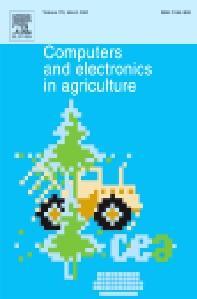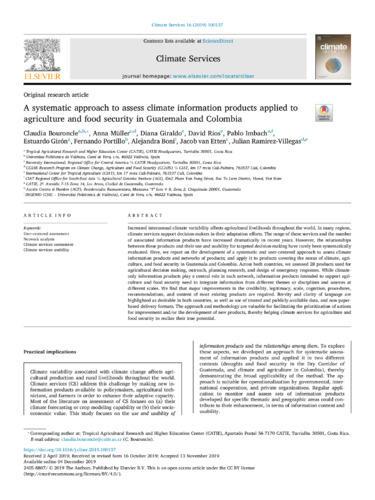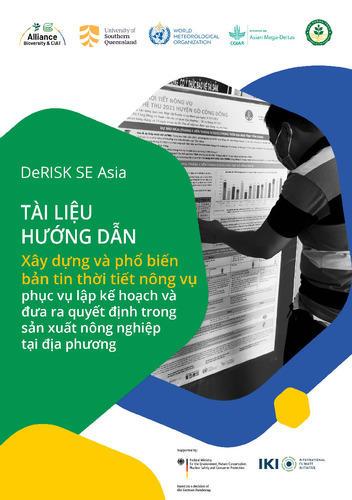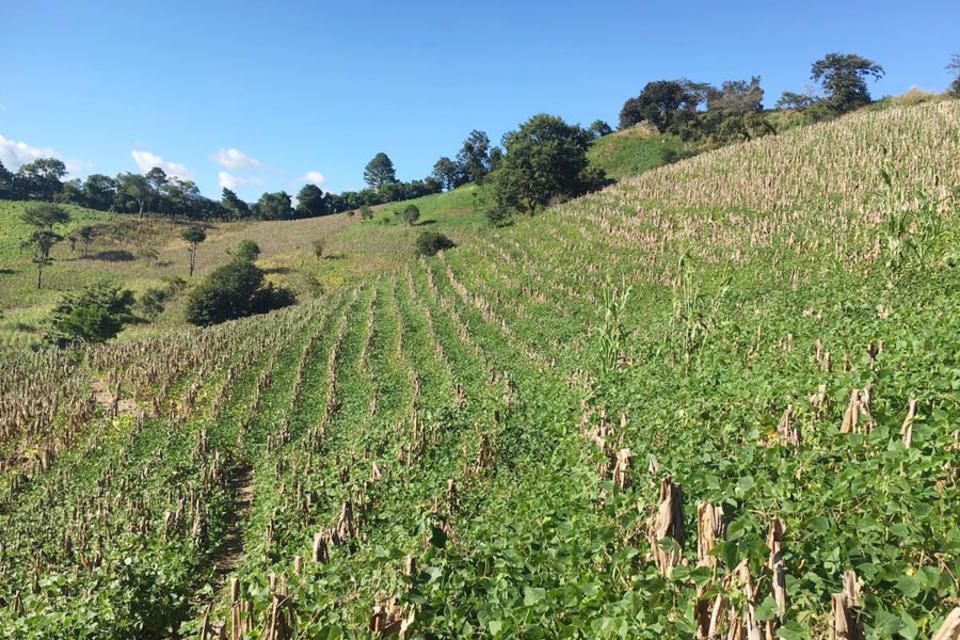Local Technical Agroclimatic Committees - LTAC

Local Technical Agroclimatic Committees (LTAC) are an innovative way for local stakeholders to be informed about the expected climatic variations in their region, and how these can affect their crops. The LTAC approach allows open and inclusive dialogues about seasonal climate forecasts at multiple timescales, their effects on crops, measures to reduce potential crop losses, and agronomic recommendations to farmers.
LTAC create a unique, novel, and effective mechanism to connect climate information supply with demand.
LTAC allow discussions between stakeholders for the management of local agroclimatic information, in order to identify best practices for adaptation to climatic phenomena, which are then shared with other local technicians and producers through a local Agroclimatic Bulletin. This newsletter summarizes the seasonal predictions and climate forecasts analyzed at the committee, along with recommendations and climate-smart practices by crop type.
Local Technical Agroclimatic Committees-Putting tailored climate information in the hands of farmers
In what context is this tool useful?
These committees are useful where farmers are highly vulnerable to different climatic phenomena that have caused losses in their crops and a reduction in their productivity.
Click here to check the infographic 'Transforming Farmers' Lives In Latin America'
Results achieved
This innovation was developed initially in Colombia, and now has been adopted and adapted for several institutions across Latin America. Currently, the LTAC approach is being implemented in ten countries across the region with 35 LTACs in place, over 266 locals to national institutions involved and 240,000 farmers being able to access agroclimatic information to plan their crops.
An Outcome Harvesting study, published in 2020, identified five areas where positive changes in actions, relationships, policies, and practices have been observed: i) greater confidence in the quality of climate and agroclimatic information at the local level; ii) enhanced knowledge, understanding, and connection of agroclimatic information; iii) democratization of climate knowledge; iv) transformations in agricultural practices, and v) political advocacy and institutional transformation. Over 140 outcomes or changes were verified in these areas.
Variations on this method
Climate Advisory Services for Agriculture: Bridging the Last Mile -Experience from Vietnam
Vietnam’s climate conditions have greatly affected the vulnerability of its local agriculture. In 2020, the region lost US$ 10 billion as a result of the impacts of climate change. Additionally, in 2022, 874 hectares of rice and 4,445 hectares of other crops in many areas of Vietnam were flooded due to Typhoon Noru.
A recent study estimated that with a one-degree increase in temperature, yields of rice - the main crop of the Red River Delta, the Mekong River Delta, and most of Vietnam’s agro-ecological regions - could decrease by 7.09 percent. The World Bank Group also emphasized that increasing threats of drought and saltwater intrusion bring about greater challenges in the production of various other crops in the country such as coffee and fruit trees.
Vietnam is projected to suffer agricultural losses of 5.6 percent due to a changing climate by 2030. As part of efforts to combat the effects of climate change, there is a need to find sustainable solutions to address the current food system challenges in the region.
In bringing together scientific and local knowledge in Vietnam, the Alliance and the Department of Crop Production (DCP) of the Ministry of Agriculture and Rural Development (MARD) have implemented participatory approaches in the development and dissemination of agro-climatic bulletins (ACBs) to reduce climate risks.
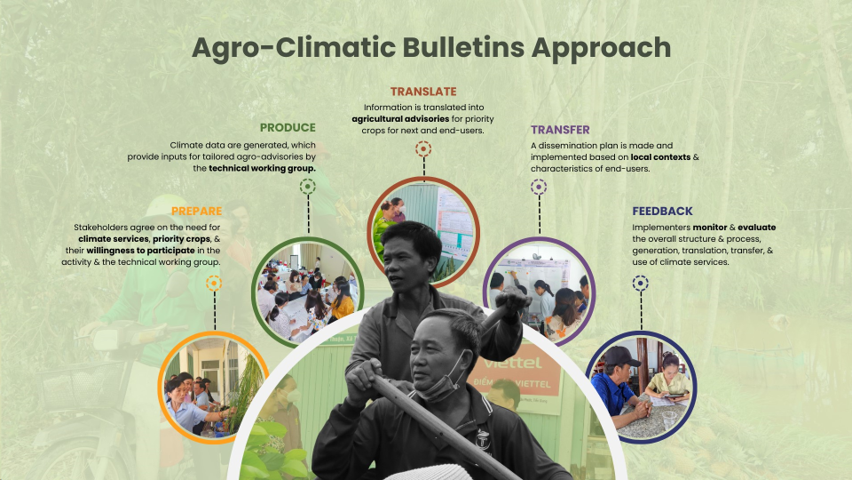
What is researcher's approach?
Generators: National, regional and provincial Hydro-Met Centres.
Translators: Agricultural staff under Agricultural Service Centre/department of Agricultural and Rural development and key members of technical working groups.
Disseminators: Extension services, local authorities, Cultural and Sport Centres/radio systems (loudspeakers), Cooperatives, Farmers’ Zalo groups, etc.
Users: Farmers.
Principles
During the SA-season 2022, 71% (out of 432 farmers in three provinces) used advisories from bulletins in farm management practices (29% did not make changes).
Of those:
A case study in Tien Giang province was conducted to analyze the adoption, cost and benefit of the ACB application at farm level during the rice production Winter-Spring 2021-2022 season. ACB-adopters perform better than non-adopters in several production indicators.

The approach is based on the LTAC approach, originally developed in Latin America
For more on ACB approach in Vietnam: please visit guideline (link) and video (link). To know more on this variation, please contact:
Le Thi Tam - Vietnam project coordinator.




